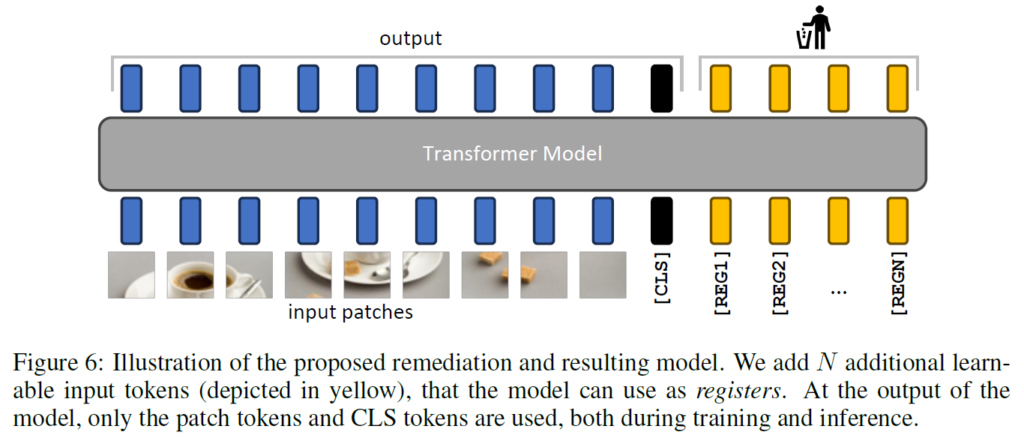DINOv3 Paper Explained: The Computer Vision Foundation Model
In this post we break down Meta AI’s DINOv3 research paper, which introduces a state-of-the-art Computer Vision foundation models family
DINOv3 Paper Explained: The Computer Vision Foundation Model Read More »









